TL;DR
Google's Pixel Watch 2 arrives in Sweden as a refined smartwatch, blending Google's OS with Fitbit's fitness prowess. It boasts impressive health sensors, including blood oxygen and skin temperature, and offers a smoother fitness tracking experience than some competitors, particularly for pace monitoring. While its AMOLED screen is legible, the bezels are noticeable. Everyday use is enhanced by Google Assistant integration, though Swedish voice recognition lags. Safety features are included, and battery life is improved over its predecessor, lasting a full day for most users, though intensive workouts drain it faster. It's a strong contender for casual fitness enthusiasts looking for a stylish, connected wearable, but dedicated athletes might prefer specialized devices. Dive into the full review to see if it's the right fit for your wrist!
Echoing a sentiment shared by many, the arrival of the second iteration of Google’s own smartwatch, the Pixel Watch 2, on the Swedish market was met with anticipation. The original Pixel Watch was never officially available in Sweden. While Google has implemented various improvements, this review will focus on the Pixel Watch 2 as a new entrant to the Swedish market and evaluate its potential to establish itself among the array of existing devices.
What is the Google Pixel Watch 2?
The Pixel series originated as a platform for Google to showcase its vision of a pure Android experience. Over time, this vision has evolved as the Pixel series has entered the mainstream. Pixel phones now compete directly with flagship devices from Samsung and Apple. Extending this competition, Google has also entered the smartwatch market, a development foreshadowed by the acquisition of FitBit several years ago.
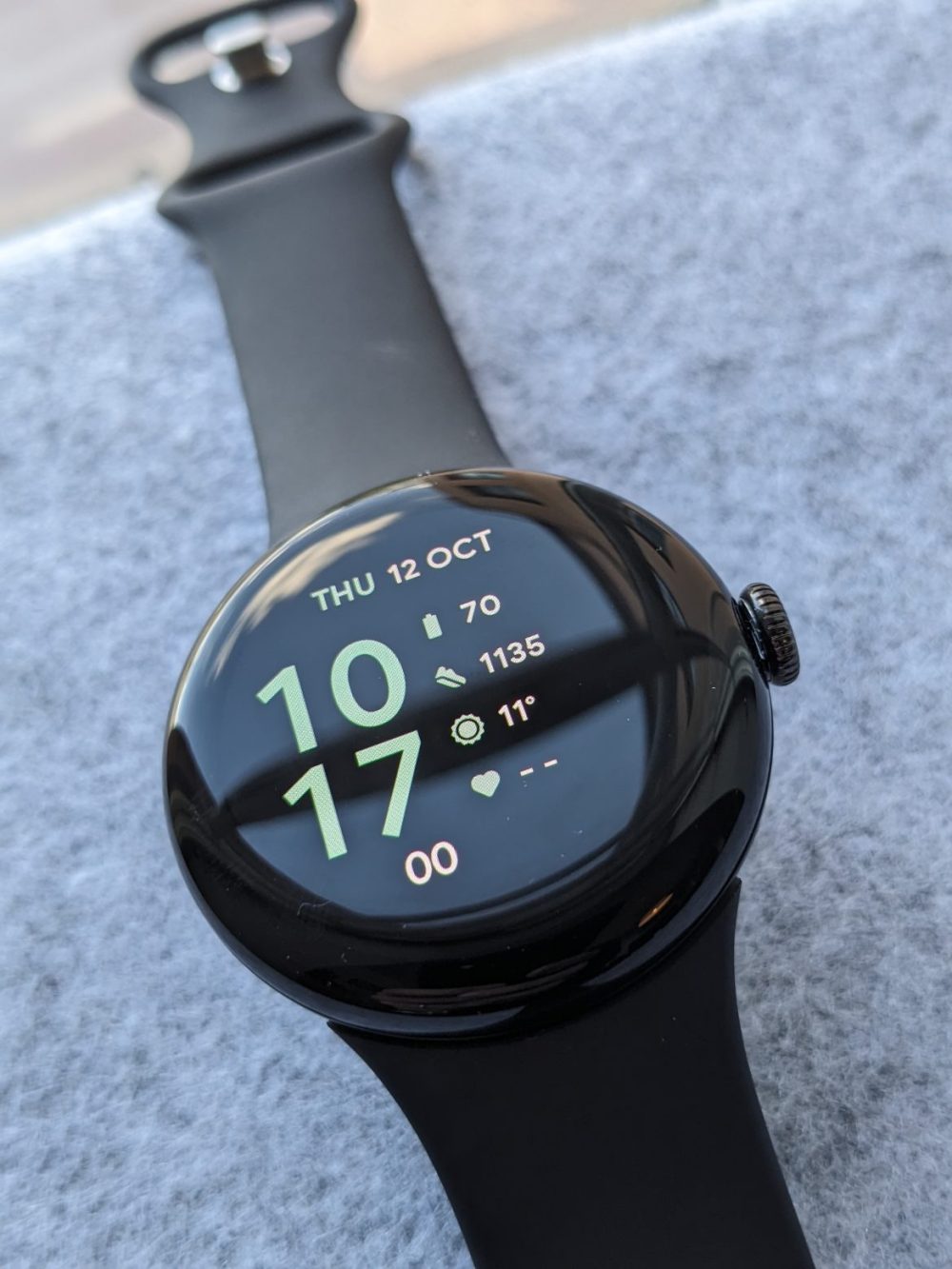
The Pixel Watch 2 is a compact smartwatch that, consistent with its phone counterparts, features the latest Google operating system, WearOS 4.0. It is available in two configurations: one with 4G connectivity and another with Wi-Fi only. Our review unit is the latter. It’s important to note that Google states the 4G version is only supported by Telenor, Telia, and Halebop in Sweden.
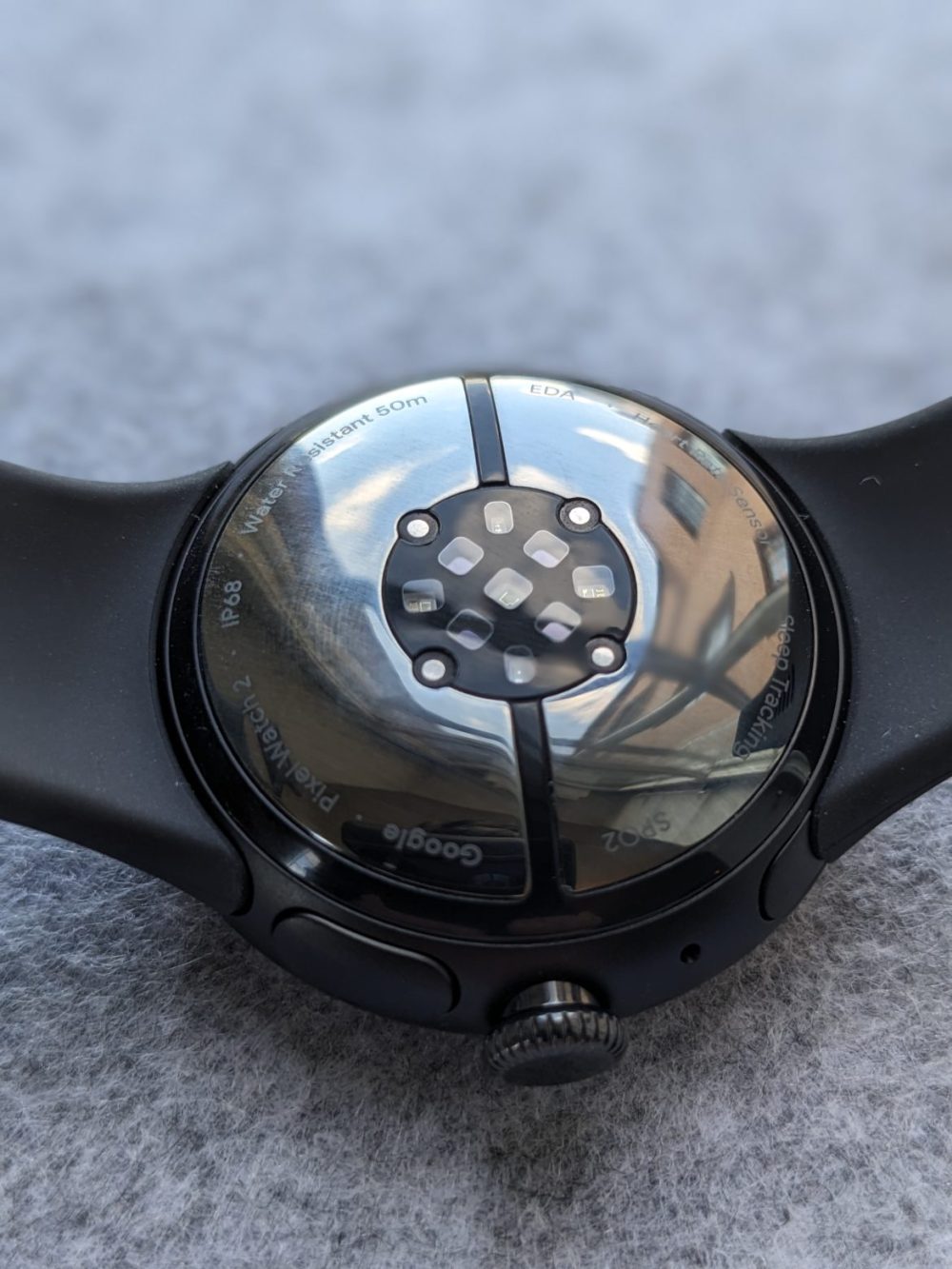
The Pixel Watch 2 is equipped with a comprehensive suite of sensors. In addition to standard smartwatch features, it measures blood oxygen saturation, performs ECG readings, monitors skin temperature, and incorporates a sweat sensor to estimate the user’s stress levels. The AMOLED display, while clear, could benefit from a larger size, particularly given the prominent black bezel. Google mitigates this by using watch faces with black backgrounds that blend with the rounded edges. Despite its size, the screen remains legible even in bright sunlight.
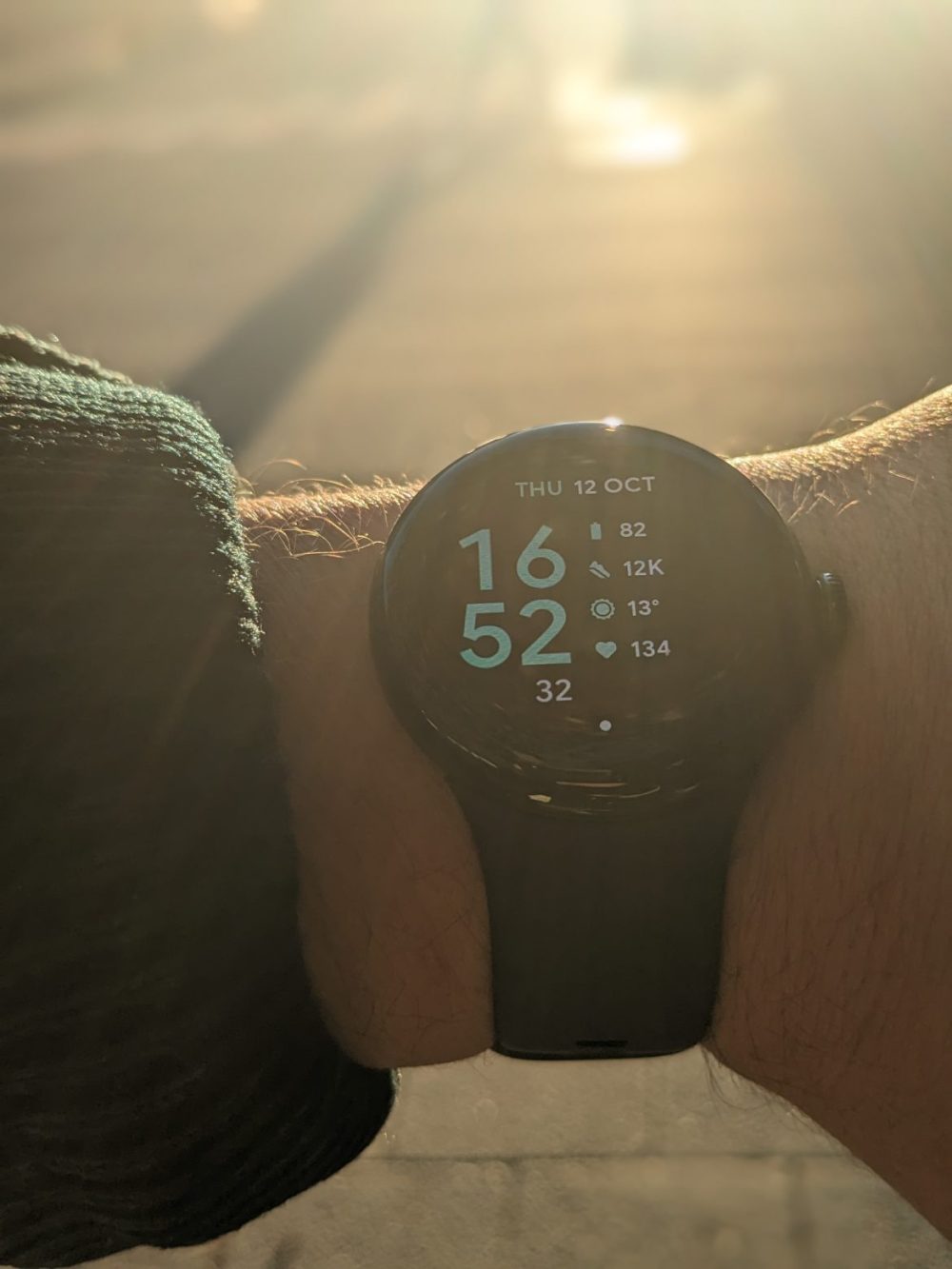
Exercising with the Pixel Watch 2
Given its FitBit integration, fitness tracking is a core function. We evaluated the Pixel Watch 2’s performance during a running session. The display remained easily readable even in bright sunlight. The watch’s comfortable and lightweight design was immediately apparent. In comparison, our Garmin Fenix 6 felt comparatively bulky. During testing, we used the Garmin device as a benchmark. Both heart rate monitors provided comparable readings. However, the Pixel Watch 2 offered a superior presentation of running pace. The Garmin’s frequent pace updates resulted in erratic readings, particularly when attempting to maintain a consistent pace. The Pixel Watch 2 provided smoother pace transitions, facilitating more accurate pace control. A drawback was the reliance on the touchscreen to pause or stop the activity; the absence of a dedicated physical button made operation difficult with sweaty fingers.
Post-session, more detailed data is available on the paired phone. However, advanced features require a FitBit Premium subscription, costing approximately 1050 SEK per year (a six-month free trial is included with the Pixel Watch 2). Comparing GPS accuracy to the Garmin, the devices exhibited comparable precision, with a difference of only 100 meters over an 8km run.
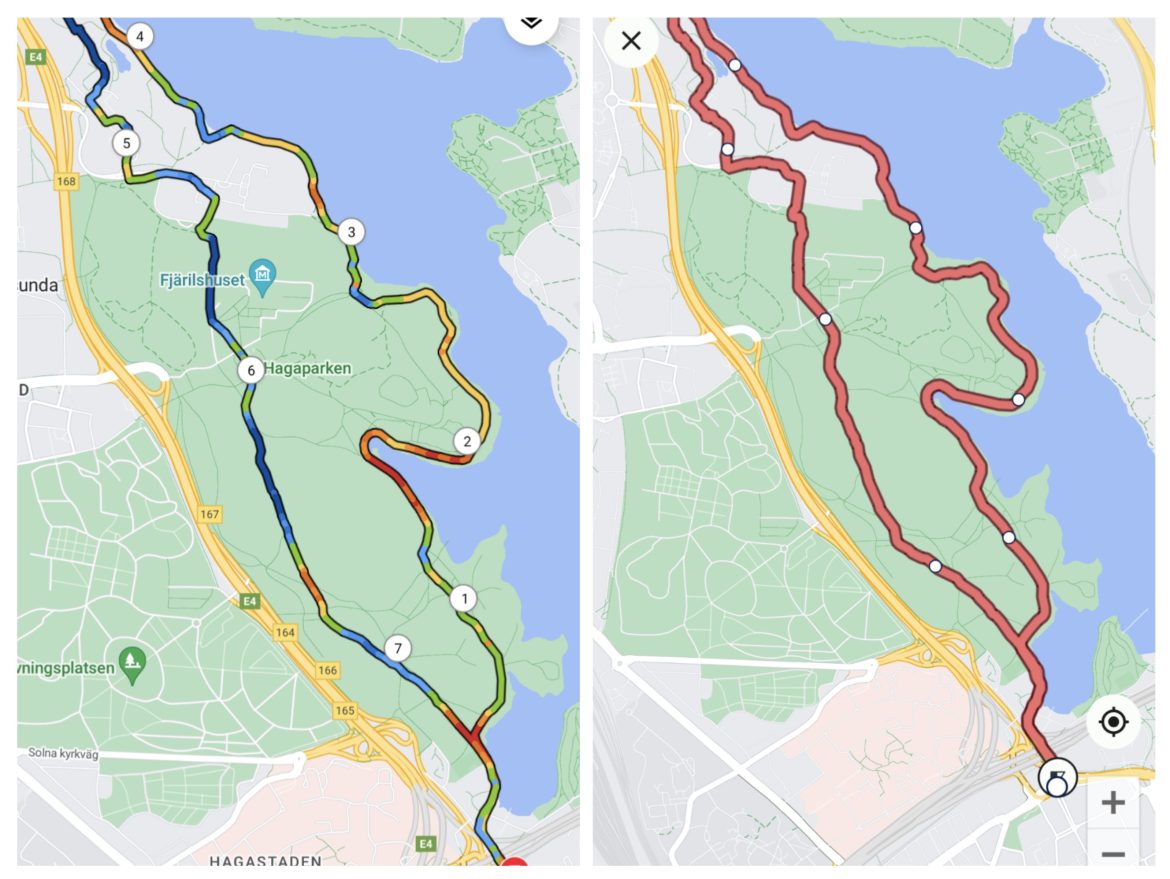
Photo: senses.se
Using the Pixel Watch 2 in everyday life
Modern smartwatches increasingly function as miniature smartphones on the wrist, and the Pixel Watch 2, with Google’s Smart Assistant integration, exemplifies this trend. We found ourselves relying less on our mobile phones, as many tasks could be completed directly on the watch. Accessing weather information is instantaneous. Inquiries can be made via voice command using the Assistant. SMS replies can be dictated or typed directly on the screen. However, the Assistant’s voice recognition accuracy is currently superior in English compared to Swedish. The inability to set different languages for the watch and phone is a limitation. For frequent Assistant users, English is the recommended language, a configuration many users have already adopted.
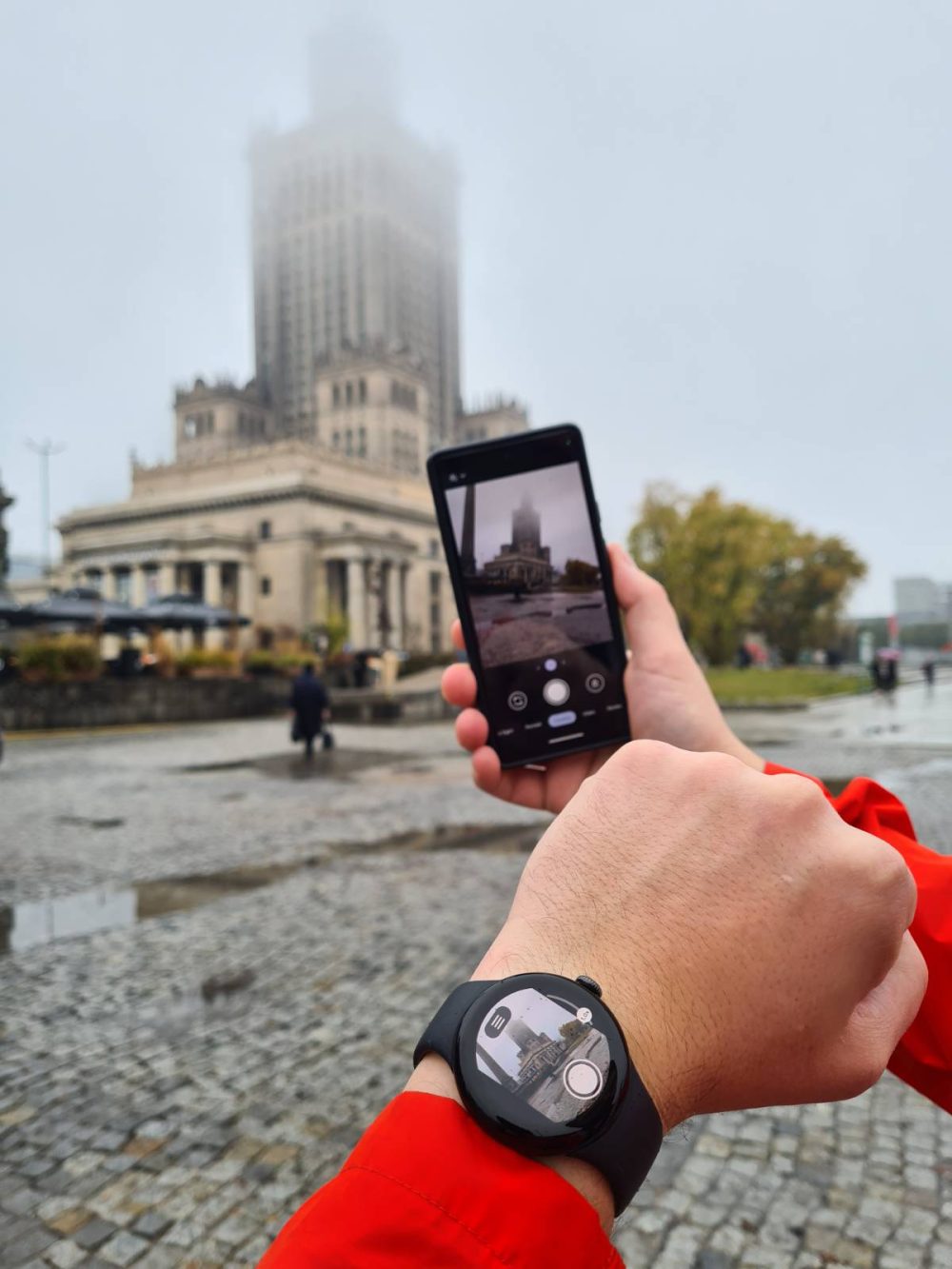
Photo: senses.se
The Pixel Watch 2 includes several safety features, including the ability to alert emergency contacts or SOS Alarm in the event of a fall or unresponsiveness. Additionally, a safety check feature allows the watch to request a response after a set time, useful for activities such as evening walks. If no response is received, the watch will notify the designated emergency contact. These features require the 4G-enabled version or a paired mobile phone.
Battery life
The original Pixel Watch 1 faced criticism regarding battery life. Google appears to have addressed this issue with the Pixel Watch 2. Our test unit typically retained 50-55% battery capacity after a full day of use. Overnight sleep tracking consumed approximately 10% of the battery. A brief morning charge is sufficient to restore a full charge. However, using the Pixel Watch 2 to track a workout session can significantly impact battery life. During a one-hour outdoor run (with offline music playback via Bluetooth), the battery level decreased from 75% to 20%. This significant drain could be a limitation for users engaging in extended workout sessions.
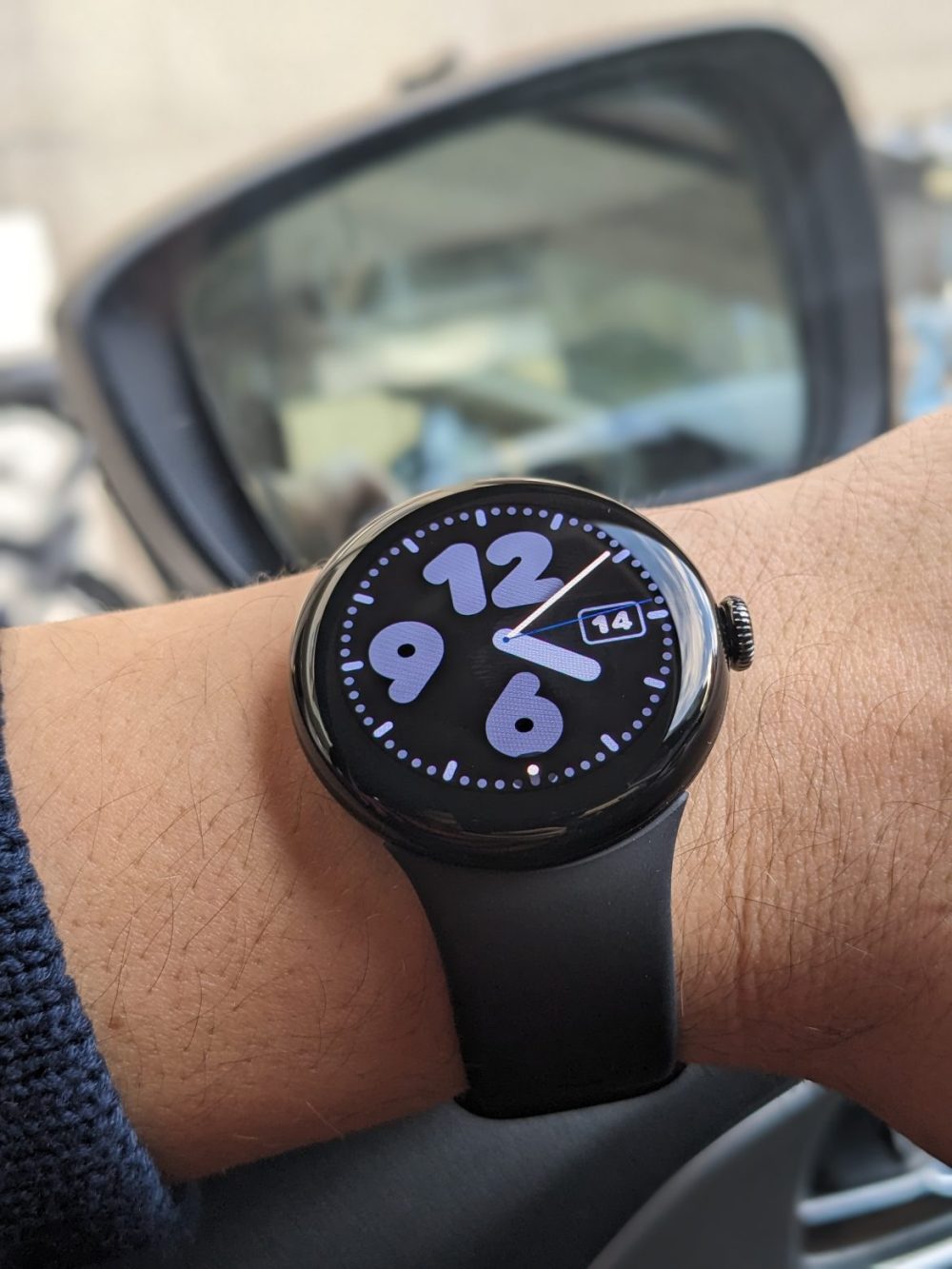
Conclusion
After three weeks of continuous use, the Pixel Watch 2 has become a regular part of our daily technology ecosystem. Is it superior to Samsung’s offerings? The answer is nuanced; the Pixel Watch 2 does not require a Samsung phone to maximize functionality. Is it the ideal fitness watch to rival Garmin and Polar? Not necessarily; those competitors provide more features without subscriptions and offer superior battery performance. The Pixel Watch 2 excels in the intersection of smartwatch and fitness tracker. It is a refined, useful smartwatch that fits comfortably and meets the requirements of most casual fitness enthusiasts, making it a compelling option. We recommend considering the 4G model for the added freedom of leaving your phone behind during workouts while maintaining safety and connectivity.
Google provided review samples for this test. The provision of materials does not influence our editorial independence; our reviews are conducted independently with our readers and consumers as our priority.
